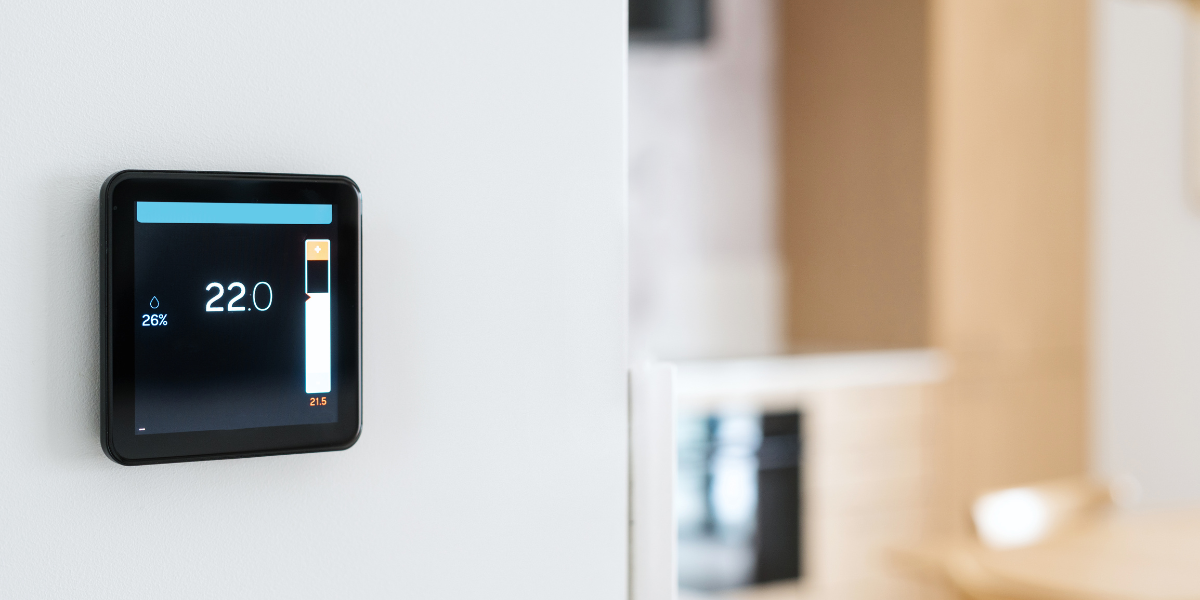
E-mail: info@alphatextile.com.cn
Sleeping habits have evolved over time, with traditional bedding giving way to more high-tech options that are designed to improve our sleep. One of these exciting innovations is the integration Artificial Intelligence into smart bedding. Smart bedding offers individualized solutions, which could change the way people sleep, by using technology to analyze and monitor our sleeping patterns. We'll examine the possibilities of AI and intelligent bedding in this blog. The technologies that support them will also be explored.
Smart bedding is a group of products that are designed to improve sleep by using technology. Sensors, connectivity and AI algorithms are often used in these products to gain insights about sleep patterns and adjust sleeping environments. They also offer personalized suggestions on how to improve rest. A smart bedding ecosystem can include blankets, pillows, bedsheets and mattress protectors.
These products can adapt to you, monitor your sleep metrics and automatically adjust based on the data collected during your sleeping cycle. Smart bedding is not just comfortable, but also actively improves your sleep.
Sleep tracking is one of the most important functions that AI can perform in smart bedding. Smart mattresses and pillows are fitted with sensors to monitor important sleep metrics, such as your heart rate, breathing patterns and body movements, along with the temperature in the room and of the body. These data are collected by AI algorithms and then processed to provide insights on your sleep.
Smart pillows powered by AI can, for example, detect snoring and adjust your sleeping position, while a mattress with AI can analyse your sleep phases, such as deep sleep, light sleep, or REM. These data are then used to create reports that provide a detailed view of sleep patterns.
AI can provide highly-personalized sleep advice because it has the ability to analyse large quantities of data. AI algorithms will adjust your bedtime or sleep routine based on the individual sleeping patterns. A smart duvet, for example, could change its temperature according to the time and temperature of the room. This would ensure that you are comfortable all night long.
The smart bed also comes with adjustable features, such as firmness that can be adjusted according to the position you sleep in and your comfort preferences. The system can adjust automatically if it detects you tossing around. Smart adjustments can lead to more relaxing and rejuvenating sleep.
AI can control the environment as well. Artificial intelligence can promote deeper sleep by using connected devices like smart thermostats and lighting.
Smart bedding with AI can, for example, communicate with smart home devices and adjust temperature, lighting levels, or even the sound in the room to provide the perfect sleep environment. It could reduce the temperature of the room at night to improve sleep, then gradually increase the brightness in the morning so that you can wake up gently.
A smart mattress that uses AI technology can also improve recovery while you sleep. Smart mattresses can detect pressure points on your body, like your shoulders or back. The bed's ability to adjust the firmness of the mattress in real-time can help relieve pressure and improve support. This reduces the likelihood that you will wake up with pain.
Smart bedding can help users recover faster and improve their overall health by improving the quality of sleep. Smart bedding improves sleep, which in turn allows for faster recovery.
The future is promising for AI-based smart bedding. In the next few years, we should expect some very exciting innovations.
Smart bedding is expected to be even more integrated with wearable technologies in the future. Smartwatches and fitness trackers monitor health and sleep metrics. Next, AI-powered bedsheets will sync with these devices to provide a better integrated sleep experience.
If your smart mattress detects, for example, that your heartbeat is increased, it could change its temperature or firmness to assist you in relaxing and returning to a restful state. Wearables can also feed real-time information into AI algorithms to help your bed make more accurate adjustments.
Smart bedding may also provide more sophisticated sleep coaching as AI advances. AI can provide you with personalized advice and tips on how to improve your sleep hygiene by analyzing the data collected over several weeks or months. AI can become your sleep advisor by suggesting different bedtime routines or recommending sleeping positions.
Smart bedding powered by AI could be a way to promote mental wellbeing as we are becoming more conscious of the link between mental and physical health. Smart bedding is a great way to manage sleep disorders like insomnia or anxiety.
Smart bedding, for example, may be able to use AI in order to detect changes in sleep patterns that indicate emotional distress. For instance, increased restlessness, or even a change in heartbeat, could signal this. It could activate features such as sound therapy, or change the lighting in order to promote a relaxing environment. This would help to decrease anxiety and improve sleep.

There are many challenges ahead, despite the vast potential that AI offers. The privacy concerns surrounding the collection of data as well as cost are both important factors. The users will have to be confident that the data they provide is safe and used in a responsible manner.
It may also take some time for consumers to develop a level of trust and comfort with technology. The consumer will have to be able to comprehend how AI works within the bedding system and trust that it is adding value to sleep.
AI-enabled smart bedding offers personalized solutions to improve comfort, track health and boost recovery. AI has the power to transform sleep, even though smart bedding technology is in its infancy. We could soon see more advanced features which will change the definition of a good sleep. One thing is certain: as technology advances, the future of sleeping will be smart, connected and customized to meet your individual needs.